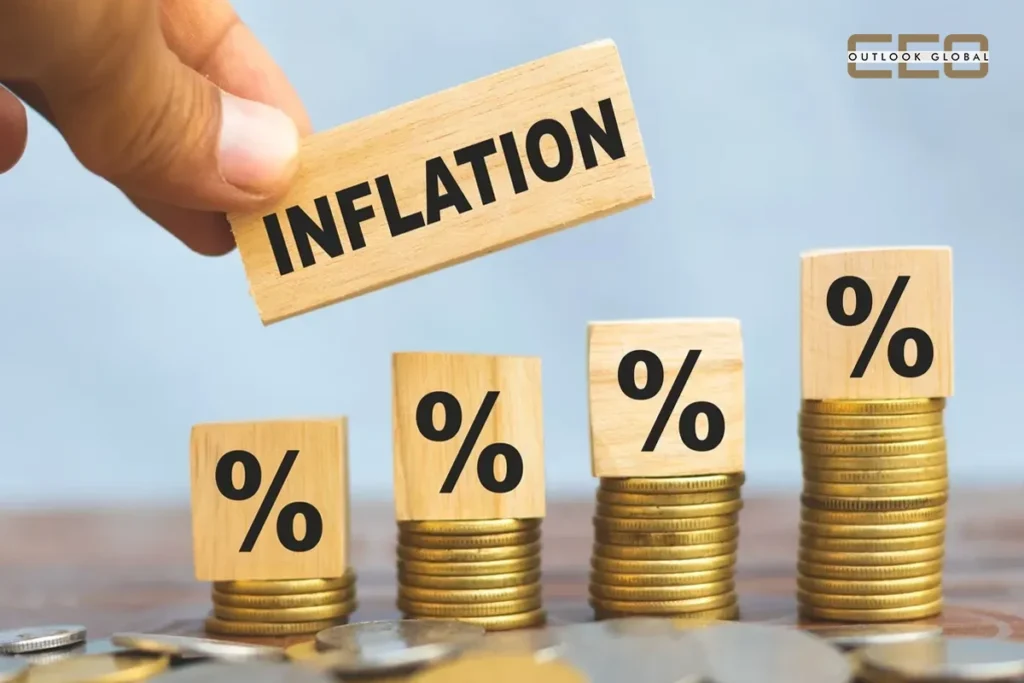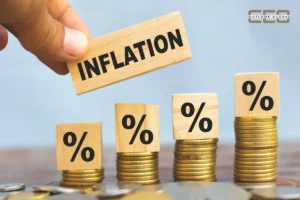

India’s consumer inflation dropped to 25% in October, boosting expectations for further easing by the Reserve Bank of India. The rate was lower than the 0.48% forecast in a Reuters poll and significantly below September’s 1.54%.
In October, the RBI revised its inflation forecast for the fiscal year ending March 2026 down from 1% to 6%, while maintaining its main policy rate at 5%.
The decrease in overall and food inflation was primarily caused by reduced GST (Goods and Services Tax), advantageous base effects, and declining prices for oils, fats, vegetables, fruits, eggs, footwear, cereals, and transportation and communication expenses.
Governor Sanjay Malhotra mentioned that the effects of the RBI’s substantial 50-basis-point rate cut in June have not yet become fully evident, and the decision to keep rates unchanged was unanimous. However, the RBI also cautioned that India’s economic growth could decelerate in the second half of FY 2026 amid global trade uncertainties.
Anubhuti Sahay from Standard Chartered predicts inflation may rise to about 4% by FY 2026 and that RBI might delay rate cuts to maintain flexibility. She noted no urgent need for a December cut, as growth remains stable and previous cuts are still unfolding.
Following August’s tariff hikes, which increased duties on Indian imports to as much as 50%, industries such as textiles, gems and jewellery, and marine products have been hardest hit, especially since these labour-intensive sectors account for approximately 2% of India’s GDP.
Continued weakness in these sectors could lead to job losses and slower overall growth.
To boost demand, New Delhi reduced GST on several items on September 22, lowering prices for consumer goods, vehicles, and farm products during the festive season.
Also Read – India’s Record Cotton Imports: Duty Waiver, Low Output
Indian brokerage Motilal Oswal reported on November 7 that, although the auto and jewellery sectors have performed well, demand for footwear, paints, FMCGs, and textiles has been inconsistent.






Never miss any important news. Subscribe to our newsletter.








Never miss any important news. Subscribe to our newsletter.
Copyright 2025 CEO Outlook Global. All rights reserved.